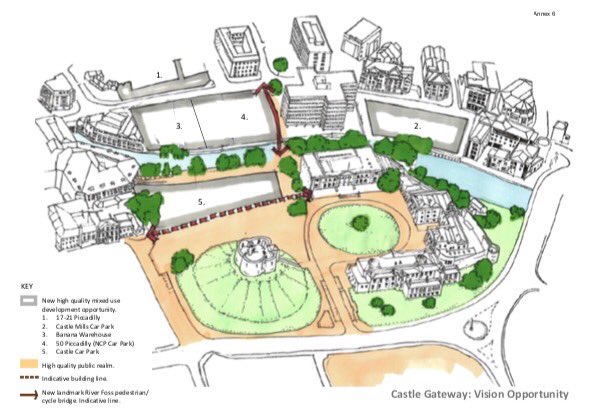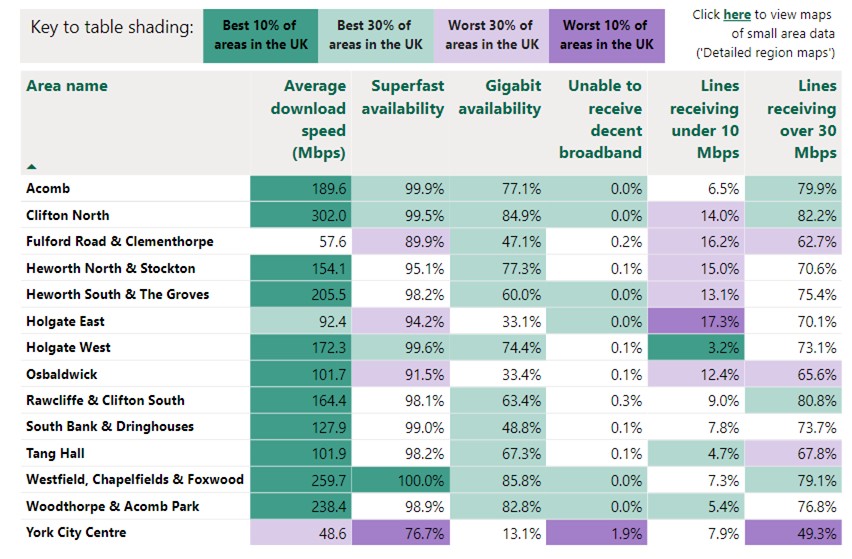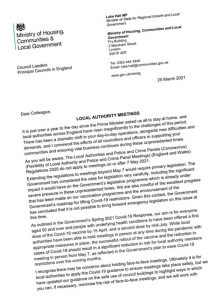Deaths
No further hospital deaths today. There have been no fatalities recorded by the York Hospital Trust for 8 days now.
Test results
Sixteen additional positive tests today. Brings the cumulative total to 12,176.
The number of cases has increased from 63 to 65 today
As forecast, the infection rate has increased today to 30.86. On current trends, it is expected to remain above 30 throughout next week.
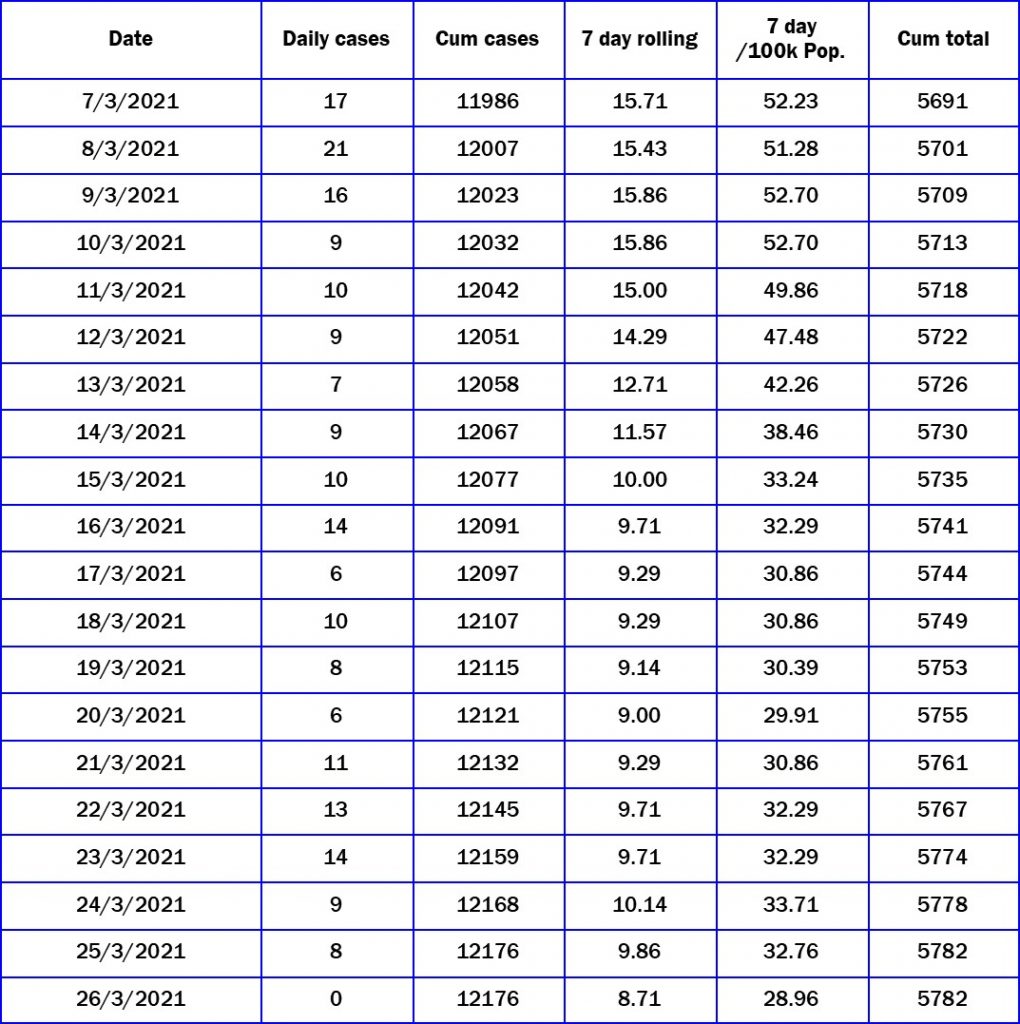
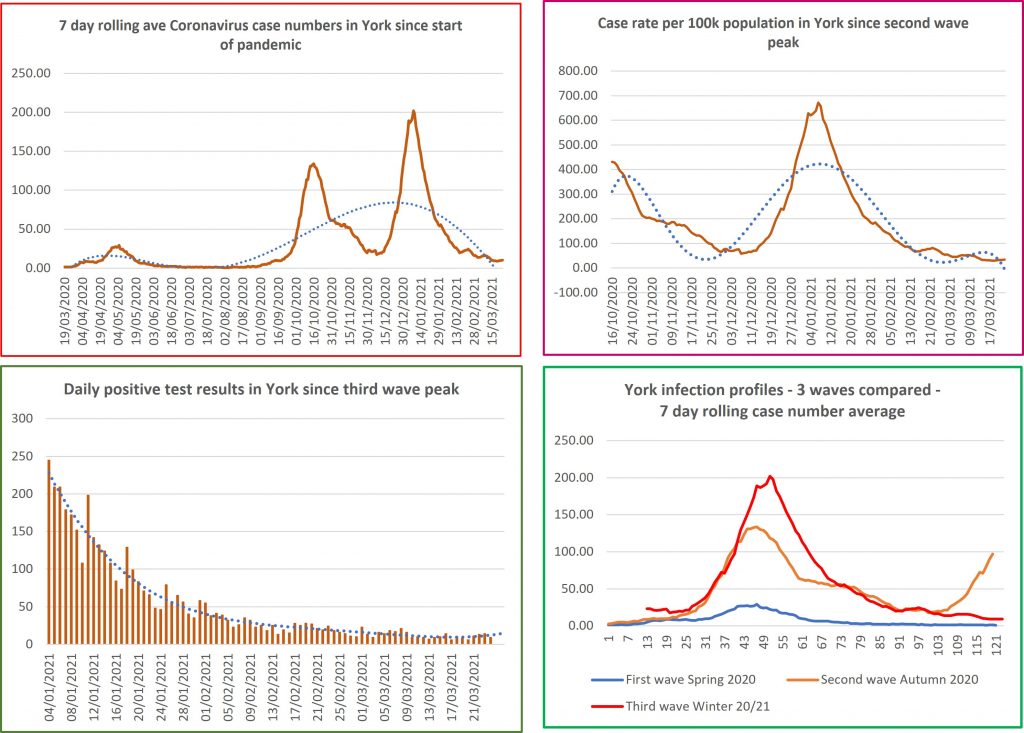
The infection rate has increased at every level (City, county, region and national) today. The reasons for this setback are unclear.
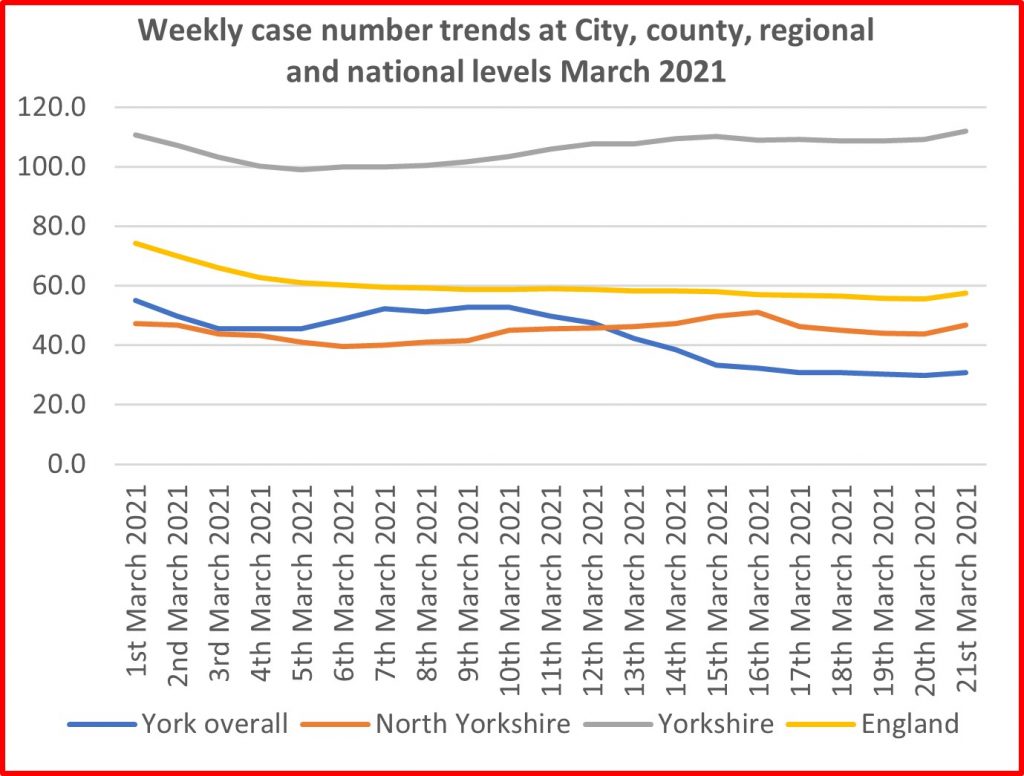
Neighbourhoods
There has been an increase in case numbers in Holgate East.
Otherwise most other neighbourhoods are stable. Only 2 neighbourhoods now have infection rates above the national average.
Infection rates have risen in the neighbouring Selby and Harrogate areas.
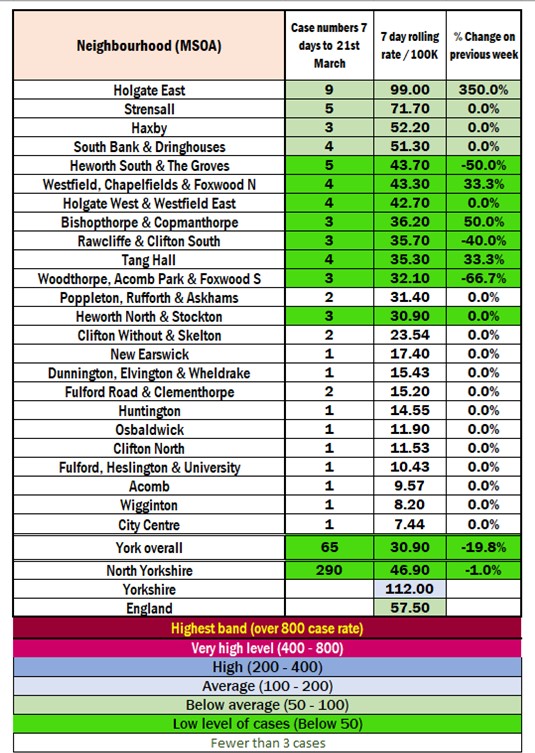
Vaccinations
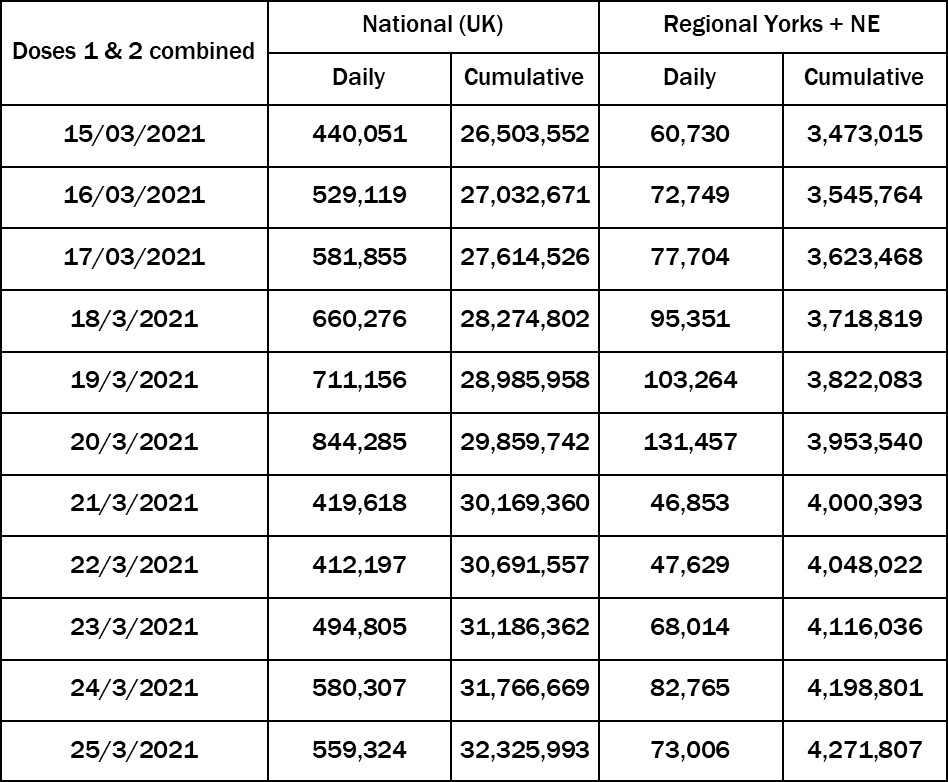
Tests
4600 PCR tests were conducted during the week ending 21st March
Of these, 1.3% were positive. That is a lower rate than the 1.4% recorded the previous day
2930 “lateral flow” tests were also conducted on 25th March
Council commentary
The York Council has updated its commentary on “open data” about the pandemic. It is reproduced below for ease of reference
The data is accurate as at 8.00 a.m. on Friday 26.03.21. Some narrative for the data covering the latest period is provided here below:
People with Covid Symptoms
• NHS Pathways/111 triages – as at 22.3.21 there had been 56 total covid triages in the CYC area in the last 7 days. The peak number of triages was 653 in the 7 day period to 20.9.20.
• As at 25.3.21, the Covid Symptom App estimates 164 per 100,000 in York with symptomatic covid (responses from a sample of 4,428 people). The peak rate was 1,283 on 7.1.21.
Diagnosed cases
• As at 25.3.21 York has had 12,160 cases since the start of the pandemic, a rate of 5,774 per 100,000 of population. The cumulative rate in York is below the national (6,713) and regional (6,850) averages.
• The PHE ‘Exceedance’ rating compares the no. of new cases over a 14 day period with the previous 6 weeks and provides a RAG rating to indicate if the previously observed trend in the no. of new cases is worsening. The latest rating for York (22.3.21) is Amber.
• The provisional rate of new Covid cases per 100,000 of population for the period 17.3.21 to 23.3.21 in York is 32.3 (using data published on Gov.uk on 25.3.21).
• The latest official “validated” rate of new Covid cases per 100,000 of population for the period 14.3.21 to 20.3.21 was 29.9. The national and regional averages at this date were 55.5 and 109.1 respectively (using data published on Gov.uk on 25.3.21).
• York is currently ranked 33rd out of 149 Upper Tier Local Authorities (UTLAs) in England with a rank of 1 indicating the lowest 7 day rate.
• For the 7 day period 13.3.21.to 19.3.21, 2 wards have seen a statistically significant fall in their rate compared with the 7 day period 6.3.21 to 12.3.21 (Huntington & New Earswick and Fishergate). The remaining wards have shown no significant change. Ward rates currently vary from 0 to 108.3 per 100,000. 6 wards had zero cases in the latest period.
• The rate of new Covid cases per 100,000 of population for the period 14.3.21 to 20.3.21 for people aged 60+ in York was 4.0. The national and regional averages were 21.1 and 34.7 respectively.
• As at 23.3.21, the latest 7 day positivity rate in York (Pillar 2 PCR tests only) was 1.58%. The national and regional averages are 2.6% and 5.2% respectively.
• As at 23.3.21 the latest 7 day positivity rate in York (Pillar 2 Lateral Flow Tests only) was 0.10%. The national and regional averages are 0.1% and 0.3% respectively.
• As at 23.3.21 the latest 7 day positivity rate in York (Pillar 1 tests only) was 1.4%. The national average is 1.1%.
• As at 19.3.21 York University reported 6 individuals within the University community who were currently self-isolating because they have had a positive COVID-19 test. The peak number was 331 on the 19.10.20.
• As at 15.3.21 York St. John reported 1 individual within the University community who was currently self-isolating because they have had a positive COVID-19 test. The peak number was 82 on the 8.10.20.
Contact Tracing
• Since 28.5.20 a total of 11,301 confirmed CYC Covid cases have been uploaded into the NHS Test and Trace system and 10,191 of the cases have been completed (90.2%). 26,290 ‘contacts’ have been identified and 19,909 of these have been completed (75.7%). Source: PHE Report.
• Local Tracing of Cases: Between 22.10.20 and 19.3.21, 1,019 referrals had been actioned by the local contact tracing service. Of the referrals actioned, 670 (65.8%) were successful and 349 (34.2%) were unable to be reached via phone or home visit, but guidance leaflets were posted where possible.
Cases in Residential Care Settings
• As at 25.3.21 there was 1 care home in the CYC area with confirmed Covid-19 infection (at least 1 case of either a staff member or resident).
• The latest ‘outbreak’ (2+ cases) in a residential care setting in York was reported by PHE on 25.2.21 (1 home).
Cases amongst School Aged Children
• In the 7 days up to 22.3.21 there were 16 children of primary and secondary school age who tested positive across 11 schools.
COVID Bed Occupancy in York Hospital
• As at 23.3.21 there were 14 confirmed Covid-19 patients in General and Acute beds. The peak number was 157 on 19.1.21.
• As at 23.3.21 there were 4 confirmed Covid-19 patients and 0 suspected Covid-19 patient in the Intensive Treatment Unit. The peak number for people in ITU was 19 on 10.5.20.
• As at 23.3.21 there had been 0 patients admitted with suspected Covid-19 and 0 with confirmed Covid-19 in the previous 24 hours.
• As at 23.3.21 there had been 1 confirmed patient discharged with COVID-19 in last 24 hours.
• Between 15.3.21 and 21.3.21, 8 CYC residents were discharged from York hospital after needing NHS care for symptoms linked to covid-19 infection.
R Number
• The ‘R’ value (the number of people that one infected person will pass on a virus to, on average) for the North East and Yorkshire area on 19.3.21 was estimated to be in the range 0.7 to 0.9. The previous estimate was (0.7 to 0.9) on 12.3.21.
Total Vaccinations
• As at 24.3.21 a total of 87,887 CYC residents have had the first dose of the vaccine. This represents 41.7% of the estimated total population of York and 50.5% of the estimated adult (18+) population of York.
• As at 24.3.21 a total of 7,441 CYC residents have had both doses of the vaccine. This represents 3.5% of the estimated total population of York and 4.3% of the estimated adult (18+) population of York.
Deaths
The two sources about deaths from Covid-19 at LA level are ONS data and local registrar data. They are derived from the same source (civil registration data). ONS data is more comprehensive as it includes deaths of York residents which have occurred and been registered outside York. Local registrar data is useful as it enables a breakdown by age and gender. The most recently available data is summarised below:
• ONS weekly data: In the most recent period (Week 10: 6.3.21 to 12.3.21) 3 Covid-19 deaths were recorded as having occurred for CYC residents. In weeks 7, 8 and 9 there had been 19, 6 and 6 deaths respectively.
• ONS Cumulative data: Since the start of the pandemic, for deaths occurring up to 12th March 2021 and registered up to 20th March 2021, 383 Covid-19 deaths were recorded as having occurred for CYC residents (223 in hospital, 131 in care homes, 21 at home and 8 in a hospice). The number of deaths per 100,000 of population in York is 181.5 which is lower than the national average of 226.1
• Local Registrar data (Cumulative): Since the start of the pandemic (using data for deaths occurring up to 10.3.21), a cumulative total of 367 deaths of CYC residents where COVID-19 was mentioned (confirmed or suspected) on the death certificate, have been registered. The average age of the people who died was 82.3, with an age range of 44-104. The age profile of those dying in York is older than the national average (80.1% of those who died in York were aged 75+ compared with 73.3% nationally). 176 of the 367 were male (48.0%), less than the national average (54.3%).

